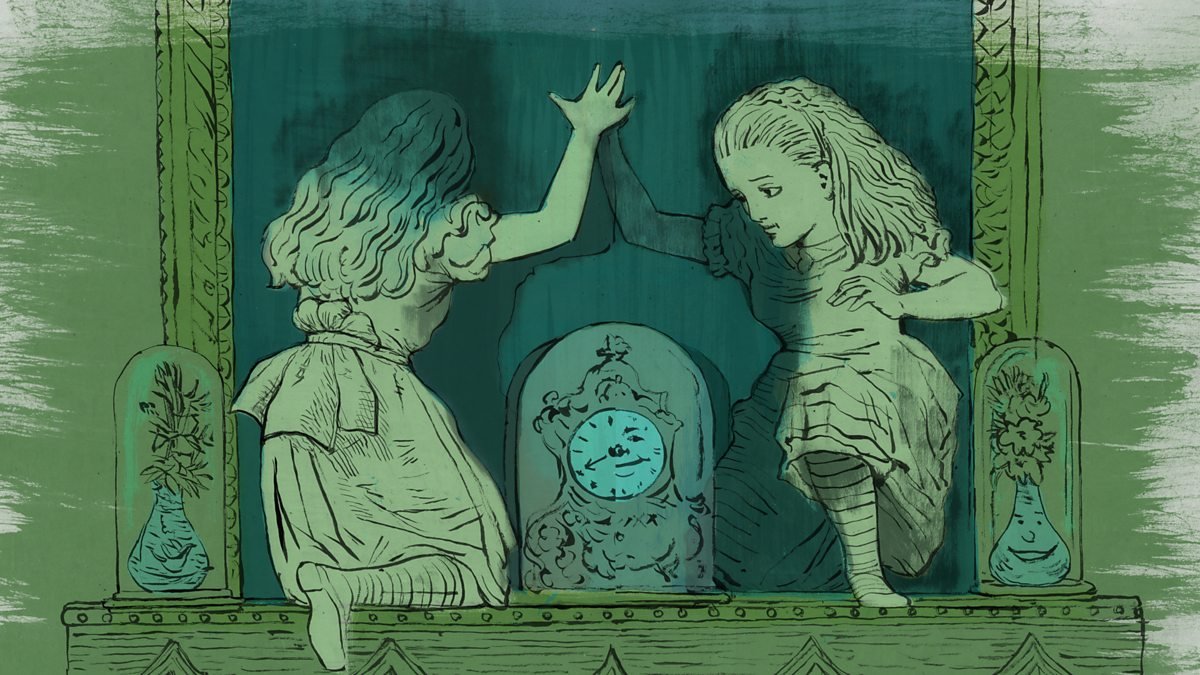Once relegated to the margins of science due to political and cultural stigma, psychedelics such as psilocybin, LSD, and ayahuasca are now experiencing a renaissance in psychiatric research. Far from being recreational substances alone, these compounds are revealing profound therapeutic potential in the treatment of conditions resistant to conventional interventions, including depression, PTSD, addiction, and end-of-life anxiety.
Psychedelics exert their primary effects by modulating the serotonergic system, particularly the 5-HT2A receptor. Activation of these receptors induces alterations in perception, sense of self, and cognition. Yet beyond the immediate subjective effects lies a deeper neurobiological impact: psychedelics promote neuroplasticity, enhancing synaptogenesis and dendritic growth. This neural “rewiring” may allow patients to break free from rigid, maladaptive thought patterns that sustain psychiatric disorders.
One of the most striking findings comes from clinical trials of psilocybin-assisted therapy for major depressive disorder. In controlled settings, a single or few high-dose sessions, combined with psychotherapy, have led to rapid and sustained reductions in depressive symptoms, sometimes surpassing the effects of traditional antidepressants. Importantly, patients often describe these experiences not merely as symptom relief but as transformative, fostering a renewed sense of meaning and connection.
In the realm of post-traumatic stress disorder (PTSD), compounds like MDMA (technically not a classic psychedelic but often grouped within the psychedelic-assisted therapy framework) are showing exceptional promise. MDMA appears to dampen fear responses and increase emotional openness, enabling patients to revisit traumatic memories without being overwhelmed. Phase III clinical trials have demonstrated significant and lasting symptom reduction, raising hopes for regulatory approval.
Psychedelics also hold potential in treating substance use disorders. Studies with psilocybin and ayahuasca suggest that these substances can disrupt addictive cycles by fostering profound psychological insight, spiritual experiences, and a sense of interconnectedness. Patients struggling with alcoholism, nicotine dependence, or opioid misuse have reported reduced cravings and improved self-control following psychedelic-assisted therapy.
At the psychological level, many researchers emphasize the role of the “mystical-type” experience induced by psychedelics. Feelings of ego dissolution, unity, and transcendence correlate strongly with therapeutic outcomes, suggesting that healing emerges not only from neurobiology but also from deeply subjective experiences. This challenges traditional psychiatric frameworks, which have historically downplayed spirituality in mental health care.
Despite the promise, challenges remain. Psychedelics are powerful tools that must be administered with caution: improper use can trigger anxiety, confusion, or even psychosis in vulnerable individuals. Ethical concerns around commercialization and accessibility also require careful navigation. Furthermore, the integration of psychedelic experiences into long-term psychological growth depends heavily on professional therapeutic support.
In summary, the resurgence of psychedelic research marks one of the most exciting developments in modern psychiatry. By combining neuroscience, psychotherapy, and spirituality, psychedelics invite a rethinking of what healing means and how it can be achieved. While not a universal cure, they represent a transformative tool capable of reaching patients who have long been considered untreatable. As regulatory barriers continue to fall, the next decade may well see psychedelics integrated into mainstream psychiatric practice, redefining the very boundaries of mental health treatment.






